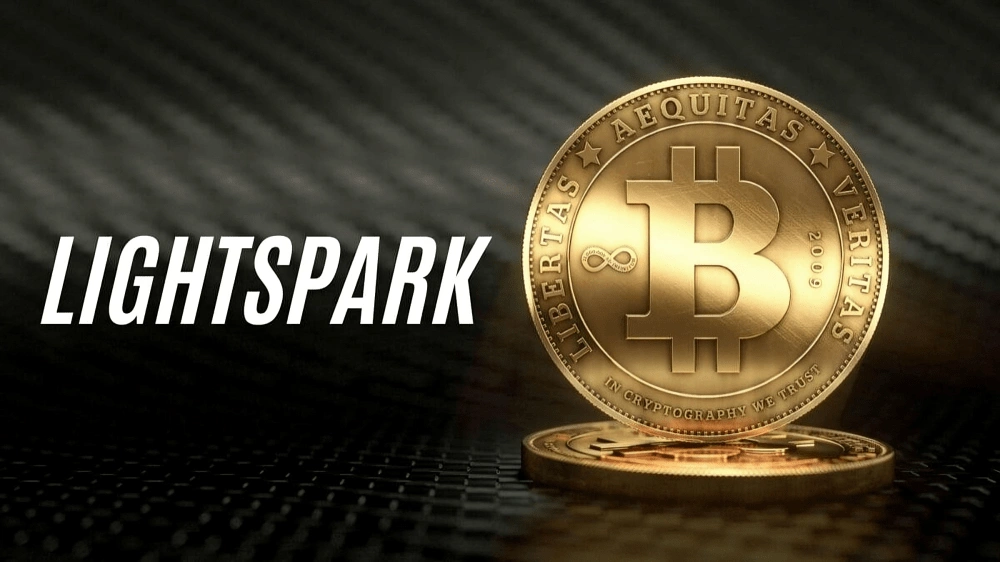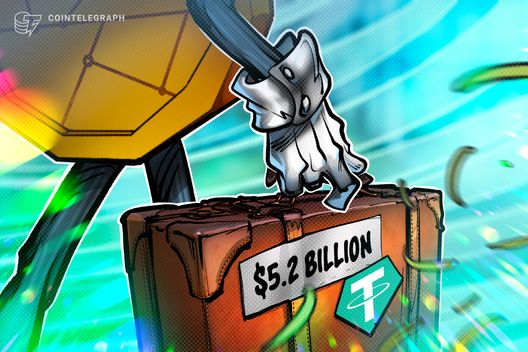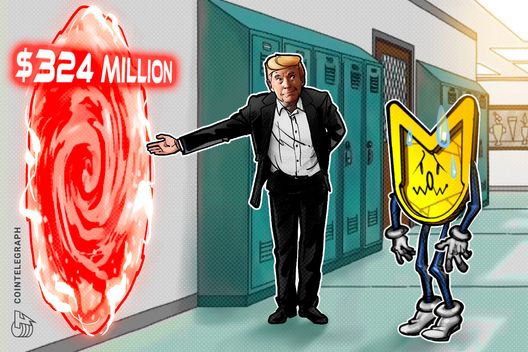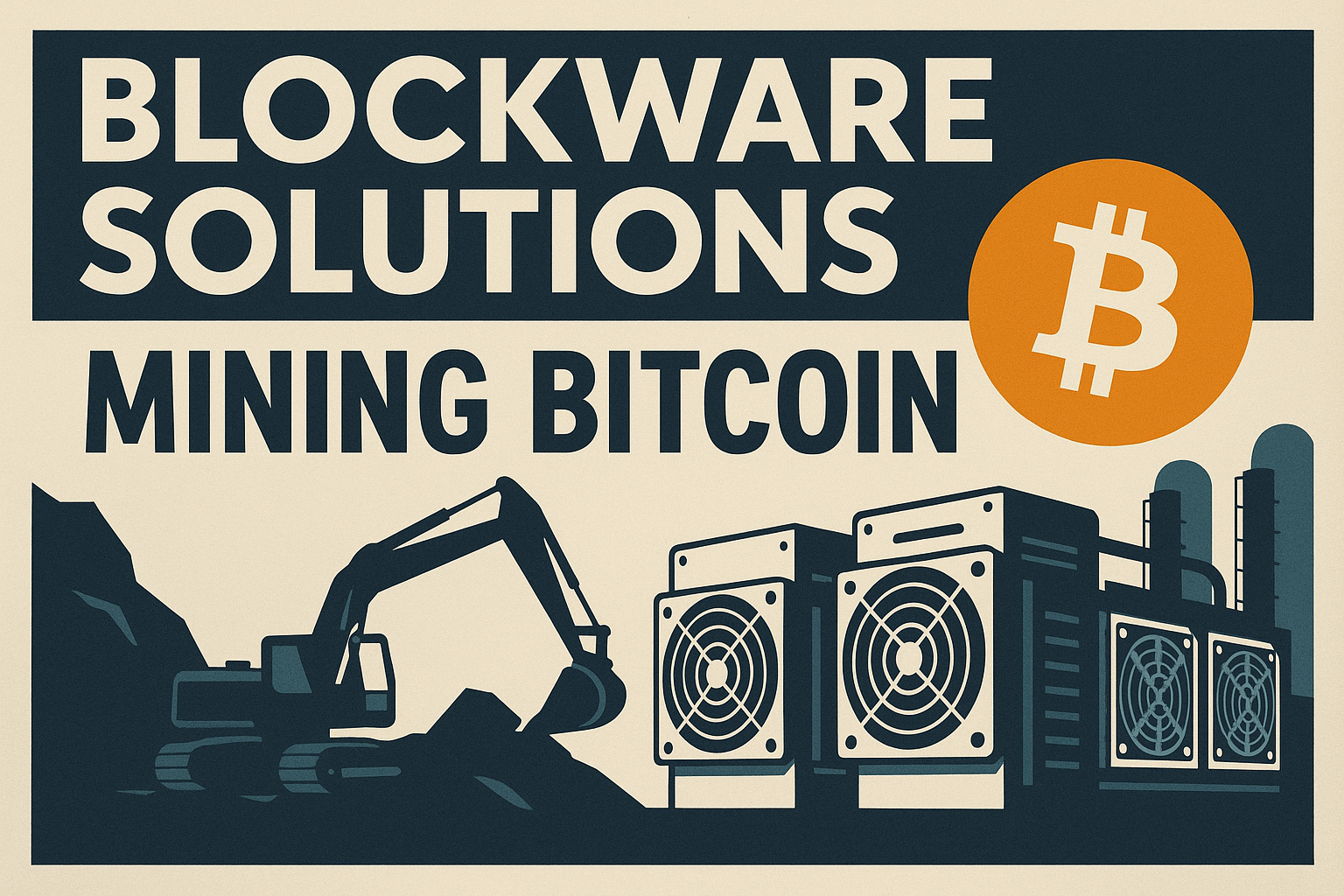
Altcoin News

Lightspark Launches Instant Bitcoin Payments to US Banks

Bitcoin Drops to $59K as Altcoins Face ‘Regulatory Hurdles’
Latest News
US SEC Delays Decision on Polkadot and Hedera Spot ETFs
ECB Warns of Financial Contagion from U.S. Crypto Expansion
Learn
Geo-tagged NFT
Geo-tagged NFTs are blockchain-based digital assets tied to specific geographic locations, enabling unique location-based ownership and experiences.
Settlement Layer in Blockchain
The settlement layer in blockchain ensures secure transaction validation, finality, and record-keeping, serving as the foundational ledger for operations.
Bitcoin and Crypto Paper Wallet
A Bitcoin or crypto paper wallet is a printed document containing private keys and addresses, enabling secure offline asset storage.
Volatility in Cryptocurrency
Cryptocurrency volatility refers to rapid price fluctuations driven by market speculation, low liquidity, regulatory news, and evolving investor sentiment.
Altcoin News
Altcoin Feed

First Solana staking ETF hits $12M in ‘healthy’ first trading day
REX-Osprey’s groundbreaking Solana staking ETF overcame SEC hurdles and posted $33 million in first-day volume.
Published: 2 hours ago

LTC under $90: Buying opportunity or warning sign?
LTC price fell under $90, but multiple factors suggest Q4 2025 could be an exciting time for the altcoin.
Published: 9 hours ago

BNB news update: Bulls target $719 after successful Maxwell upgrade
BNB Smart Chain’s Maxwell upgrade has ignited the bulls, opening the door for a rally toward new year-to-date highs.
Published: 10 hours ago

SOL news update: REX Shares Solana ETF boosts price, but for how long?
SOL rallied after the launch of the REX Shares Solana ETF, but bulls need to hold the price above $160.
Published: 11 hours ago

ETH news update: Ether rangebreak possible due to spot ETF inflows
ETH price has been stuck in a range despite months of steady spot Ether ETF inflows, but this situation could change quickly.
Published: 14 hours ago

Tether made $5.2B in 2024: Here’s how stablecoins make money
With rising rates and over $100 billion in reserves, Tether turned monetary policy into profit, and it’s not alone.
Published: 14 hours ago

SOL ETF news gain evaporates, while chart warns of another 20% drop
SOL retraced its ETF rally, and with over 14% of supply concentrated at $144, holding this key support is critical to avoid a deeper correction.
Published: 1 day ago

SEC approves conversion of Grayscale's large-cap crypto fund into ETF
Grayscale has slowly narrowed the arbitrage opportunities on its crypto trusts by converting them into exchange-traded funds.
Published: 1 day ago

US regulator considers simplified path to market for crypto ETFs
The United States Securities and Exchange Commission is reportedly considering simplifying the listing process for certain crypto ETFs.
Published: 1 day ago

Swissquote ordered to curb impersonation, fraud attempts
The company offers crypto trading on the platforms that it manages, including the mixed-asset trading platforms Swissquote and Yuh.
Published: 1 day ago

XRP news update: Traders predict consolidation to $2.35 amid ETF speculation
XRP trades in a tight range between $2 and $2.35, but the next price breakout could be driven by ETF speculators.
Published: 1 day ago

Pi news update: Bulls aim to hold $0.47 support as bears reject breakout
Pi price turned bearish after key updates failed to boost momentum. A rebound from $0.47 is possible, but $0.66 remains a strong resistance level to clear.
Published: 2 days ago

$324M in fees and no roadmap: What’s really going on with the TRUMP memecoin?
Marketed with Trump’s name but lacking a white paper or utility, the TRUMP token surged to a multibillion-dollar valuation before crashing.
Published: 2 days ago

XRP price predictions above $3 in 2025 have one major flaw
XRP remains at risk of dropping to $1 if a key support zone is lost — one that aligns with the onchain realized price level.
Published: 2 days ago

FATF warning on stablecoin crimes is not anti-crypto, intel firms say
Applying advanced tools for tracking illicit stablecoin transactions is necessary; still, it is not enough to mitigate the risks of mass adoption.
Published: 2 days ago

SOL price rallies to $161 after ETF news, but is the rally sustainable?
Solana's ETF launch sparks a brief rally, but fundamentals and institutional demand remain weak amid competition.
Published: 2 days ago

ETH trading pattern points to 100% rally to $5,000: What are the odds?
Ether price enters the most bullish phase of a powerful trading pattern, but bearish headwinds could stall the rally in the short-term.
Published: 2 days ago

First US staking ETF to launch Wednesday, giving investors exposure to Solana
REX Shares will launch the first US staked crypto ETF this week, giving investors direct exposure to SOL with staking rewards.
Published: 2 days ago

Price predictions 6/30: SPX, DXY, BTC, ETH, XRP, BNB, SOL, DOGE, ADA, HYPE
Bitcoin continues to face sellers at $109,000 even as most traders anticipate all-time highs and select altcoins rally at the start of the week.
Published: 2 days ago

Watch these XRP levels as price meets ‘turning point’
XRP price teases a breakout ahead, with big overhead resistance between $2.20 and $2.30 still in place and several key support levels below.
Published: 3 days ago




















